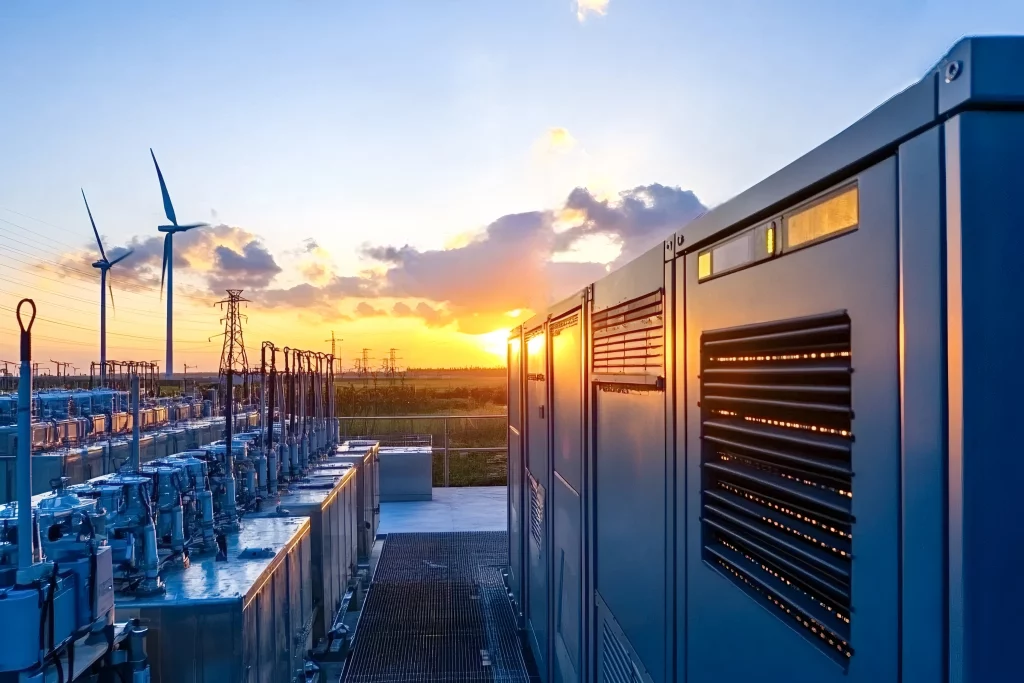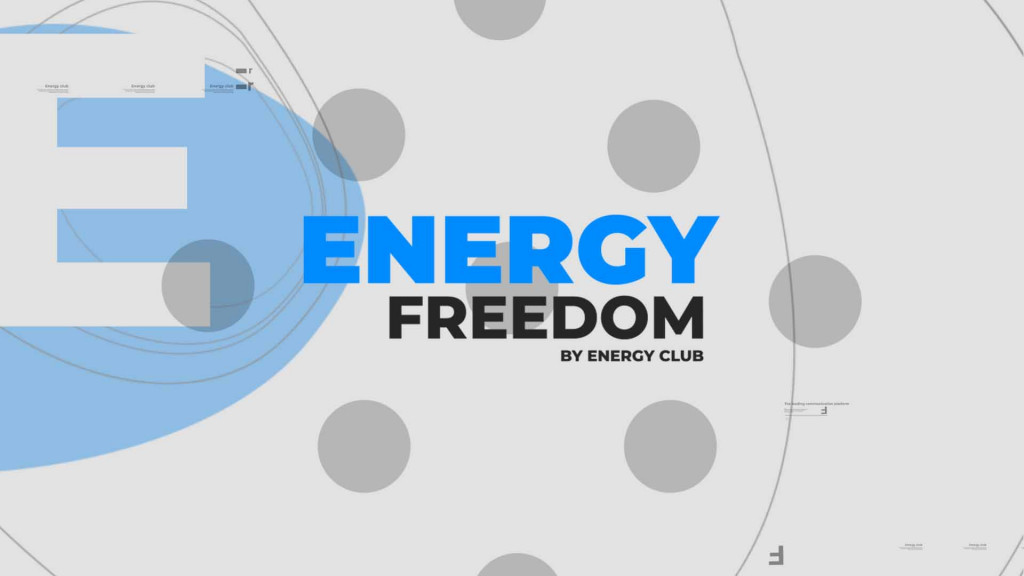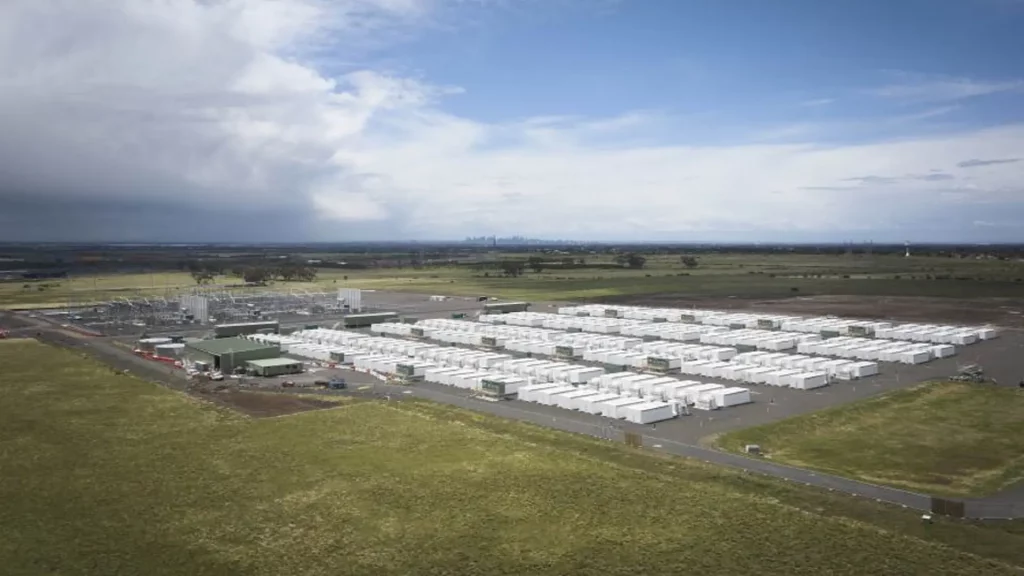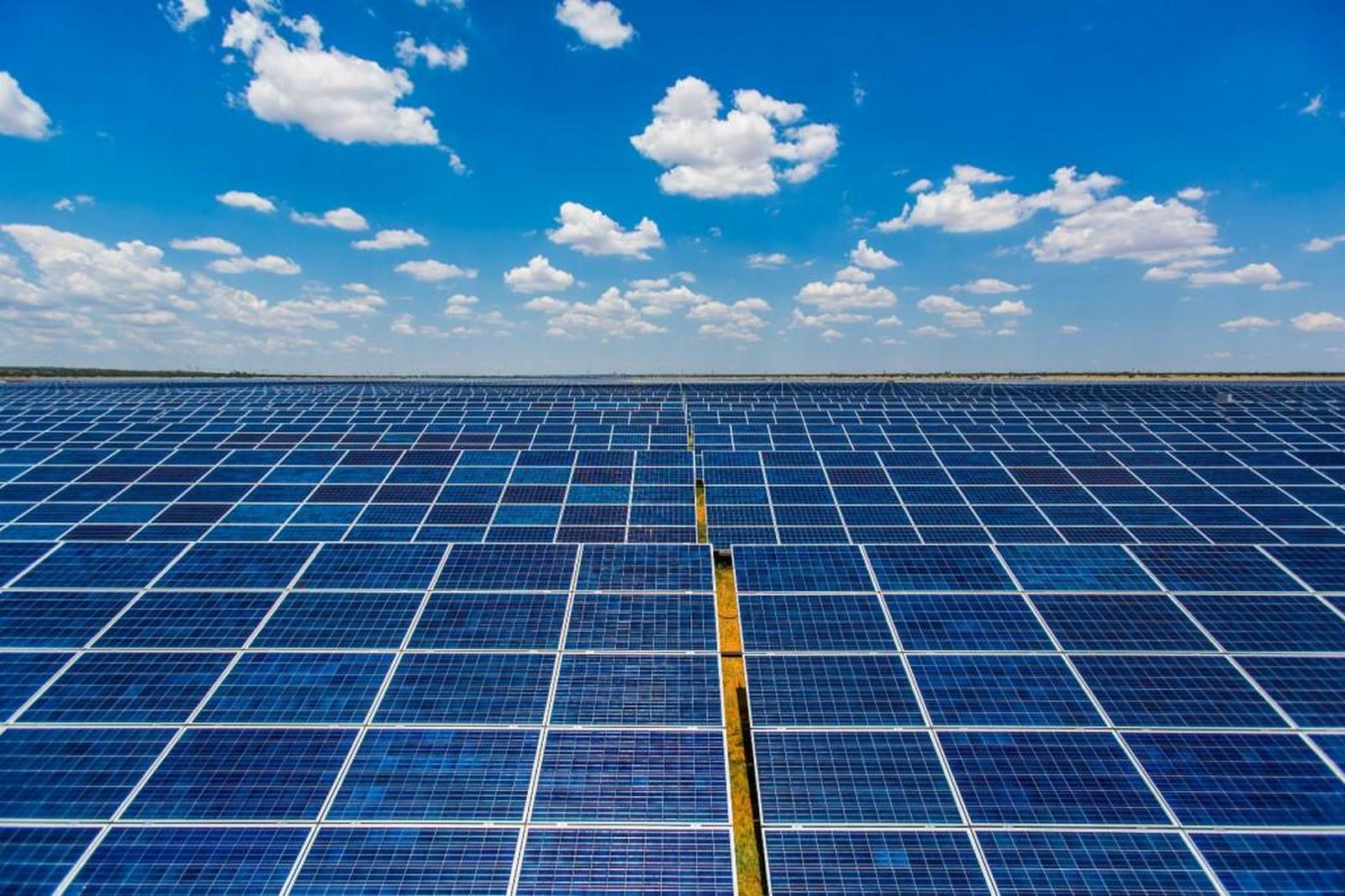
The largest nuclear burial site in the United States will be transformed into the country’s largest solar power plant
31.07.2024The U.S. Department of Energy has announced plans to turn a former nuclear weapons production site into the largest solar project in the country.
The Hanford Site in Washington state is a radioactive relic of the Manhattan Project and the Cold War.
The solar power plant will be able to produce up to 1 gigawatt of energy. This will be enough to provide electricity to 750,000 homes.
The Hanford site covers 560 square miles. This is about half the area of Rhode Island, the smallest state in the United States. The project could become the largest solar field in the country and will also be the largest on mine lands, abandoned or otherwise degraded areas.
One of the main problems with building large solar power plants is choosing a location for them. Farmers protest against the use of agricultural land, while environmentalists call for not disturbing ecosystems. Hanford is “a great way to reuse land that has limited potential for other purposes.”
The project is part of the U.S. Department of Energy’s new Cleanup to Clean Energy program, launched in response to President Joe Biden’s 2021 executive order requiring federal agencies to achieve 100 percent clean electricity use at their facilities by 2030.
For reference
The nuclear complex in Hanford was built in 1943 as part of the Manhattan Project. It was here that the B Reactor was located, which was used to produce weapons-grade plutonium for the Trinity and Fat Man atomic bombs.
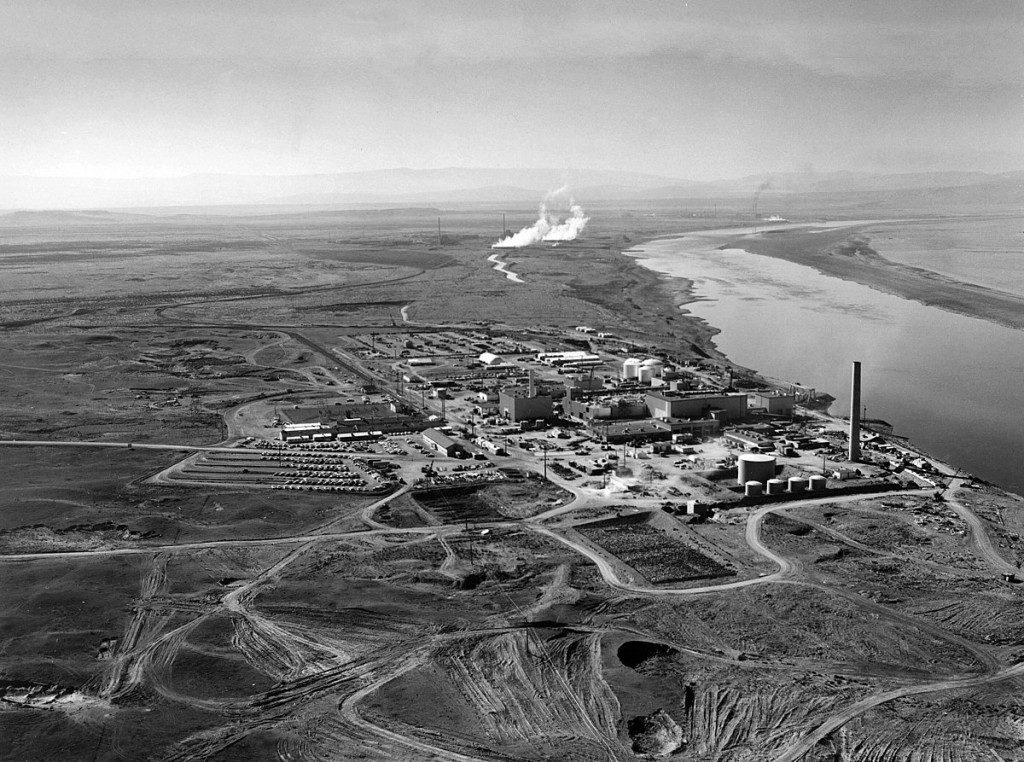
In the early 1960s, the complex had nine reactors, five plutonium enrichment lines, and about a thousand ancillary facilities and laboratories. Most of them were shut down from 1965 to 1971, with the last reactor continuing to operate as a power plant for the state’s public power grid and as a plutonium production facility until 1987.
Since the late 1990s, seven nuclear reactors have been “covered” in Hanford, 600 tons of contaminants have been removed from groundwater, and another 32 billion gallons have been cleaned up. But, according to experts, decades of work remain to be done before the site is fully remediated. The cleanup and decontamination of the area will continue during the construction and operation of the SPP.
In 2015, it was announced that a national park complex would be created on the site, with the highlights being the ghost towns of Hanford and White Bluffs, which were relocated by the government to make way for the atomic bomb program.
Become a member of 100 RE UA
Switching to 100% renewable energy in Ukraine is possible!

